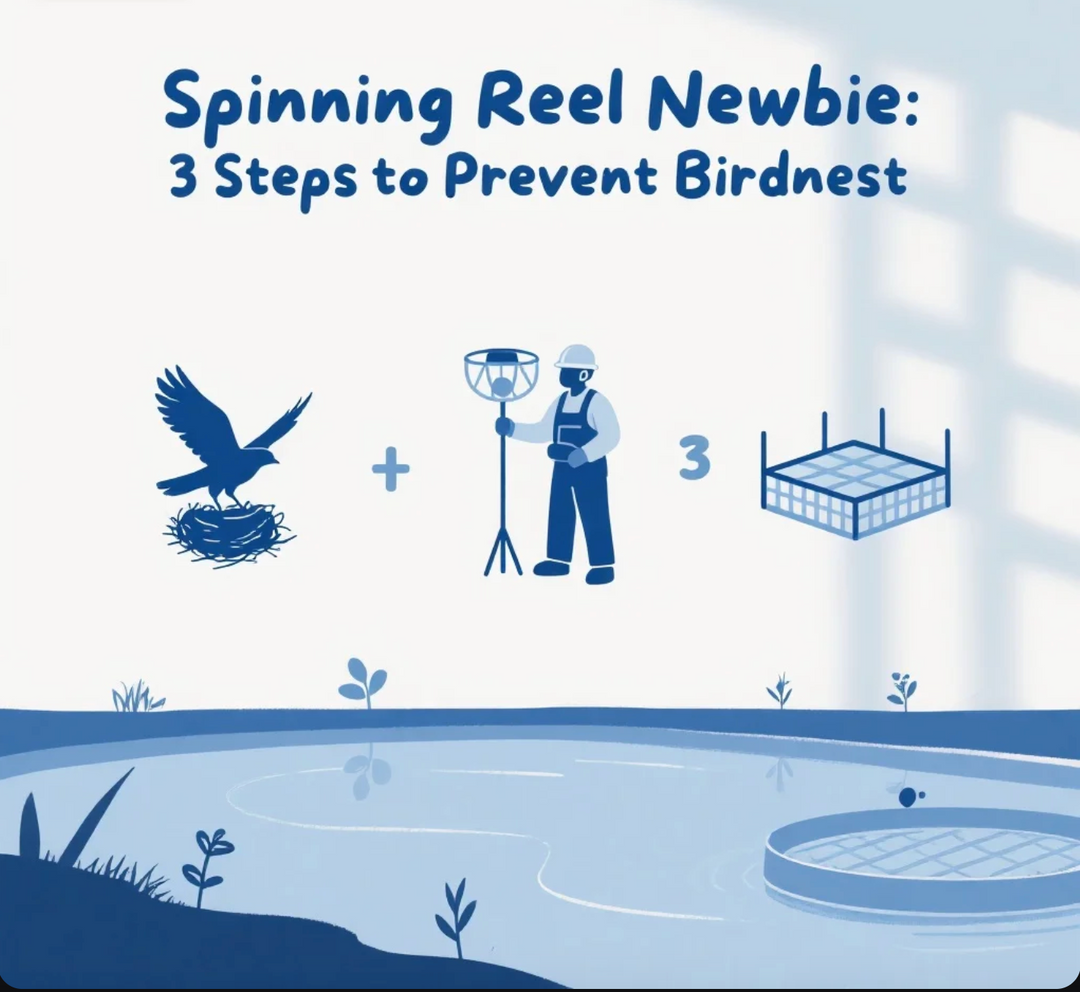Mastering the Art of Adaptation: How Water Column, Weather, and Jig Synergy Elevate Jigging Fishing
Jigging fishing is a dynamic dance between angler gear, and environment—a dance that demands precision, patience, and an intimate understanding of the underwater world. At its core, success hinges on one principle: adaptation. By mastering the synergy between the water column, weather patterns, and the right jigging gear, anglers can transform challenging conditions into productive sessions. Let’s dive into the three pillars of jigging mastery and how they intersect to create a winning strategy.
1. Decoding the Water Column: Where Fish Live, Breathe, and Bite
The water column is not just a body of water—it’s a layered ecosystem teeming with activity. To adapt your jigging approach, you must first identify where fish are holding:
- Surface to Mid-Column (0–20 Feet): Warm, oxygen-rich zones here attract aggressive feeders like tuna and mahi-mahi. Use fast, aggressive jigs that create splash and vibration to trigger surface strikes. Tools like the goofish jiggling rods shine here, offering sensitivity to detect light bites while providing the backbone to drive lures through choppy conditions.
- Mid to Bottom Column (20–100+ Feet): Structure-hugging species such as cod, snapper, and halibut prefer deeper, cooler layers. Slow, deliberate jigging with slow jiggling jigs mimics injured baitfish sinking through the water, luring bottom-dwellers from their hides. A jig stick or goofish slow pitch rod is ideal here, combining a soft tip for finesse with enough power to handle heavier jigs and strong currents.
Tip: Use fish finders or local knowledge to map thermoclines and bait schools, then match your jig weight and action to the zone.
2. Weather as Your Guide: Reading Conditions for Peak Bite Windows
Weather isn’t just a disruptor—it’s a predictor. Adaptive jigging means adjusting your strategy based on barometric pressure, wind, and light:
- High Pressure (Stable Weather): Calm, clear skies often mean fish are lethargic. Opt for slow, steady retrieves with lightweight slow jiggling jigs to entice bites. The goofish slow pitch rod excels in these conditions, allowing subtle jigging motions that mimic natural movement without spooking fish.
- Low Pressure (Stormy Skies): Falling pressure triggers feeding frenzies. Switch to fast, erratic jigging with heavier lures—goofish jiggling rods handle the added weight and speed, generating the commotion needed to attract opportunistic predators.
- Wind and Current: Use wind direction to your advantage. Downwind jigging lets you cover more water, while upwind approaches let you target specific structure. Pair with a jigging rod combo that balances casting distance and control for challenging conditions.
Tip: Keep a weather journal to track bite patterns—correlating barometric shifts with fish activity will refine your instincts over time.
3. Jig Synergy: Matching Gear to Conditions for Maximum Impact
The right jigging gear isn’t just about power—it’s about synergy—how each component (rod, reel, jig) works together to execute your strategy. Let’s break down the critical tools:
-
Rods: The Foundation of Adaptation
- Goofish Jiggling Rods: Engineered for aggressive jigging, these rods feature a stiff backbone for hook-setting power and a sensitive tip to detect bites in fast-moving water. Perfect for surface to mid-column action.
- Goofish Slow Pitch Rods: Flexible yet durable, these rods allow controlled, rhythmic jigging—ideal for mid to bottom zones where finesse outperforms brute force. Their slow-pitch action mimics natural bait descent, triggering predatory instincts.
- Jig Stick: A versatile hybrid, the jig stick balances sensitivity and strength, making it a go-to for anglers who need adaptability across multiple water columns and species.
-
Jigs: The Art of Imitation
- Slow Jiggling Jigs: Designed with weighted bodies and streamlined shapes, these jigs sink slowly and maintain a natural glide—critical for bottom-feeding fish. Choose sizes (1–10 oz) based on depth and current.
- Fast Jigging Jigs: Bold, flashy designs with sharp angles create maximum vibration and flash, perfect for aggressive biters in the upper water column.
-
Reels: The Silent Partner
Pair your rod and jig with a high-quality reel that matches retrieval speed—slow pitch reels for deliberate drops, high-speed reels for frantic surface action.
Tip: Test different jig-weight combinations in your target zone—too light, and fish won’t feel it; too heavy, and you’ll spook them.
Putting It All Together: A Case Study in Adaptation
Consider a typical offshore jigging trip: early morning low light calls for slow jiggling jigs and a goofish slow pitch rod to entice dawn feeders. As the sun rises and pressure builds, switch to fast jiggling jigs on a jig stick to target mid-column predators. Later, a sudden wind shift shifts fish to the bottom—down comes the goofish jiggling rod with a heavier slow jig to punch through current.
Success lies not in rigid routines, but in adaptive thinking: using water column knowledge to locate fish, weather cues to predict behavior, and gear synergy to deliver the right presentation at the right time.
Final Takeaway: Be the Angler Who Adapts
Jigging fishing isn’t just about catching fish—it’s about outsmarting them. By mastering the interplay of water column, weather, and jig synergy, you transform each cast into a calculated strategy. Remember: the best anglers aren’t those who know every trick—they’re those who know how to adapt every trick to the moment.
Ready to elevate your jigging game? Start by logging your sessions, noting water column zones, weather conditions, and gear choices. Over time, you’ll build a playbook of adaptive strategies that turn “tough days” into “trophy days.”
Got questions about gearing up or reading the water? Drop them in the comments below—we’re always here to help you level up your jigging skills!











Leave a comment